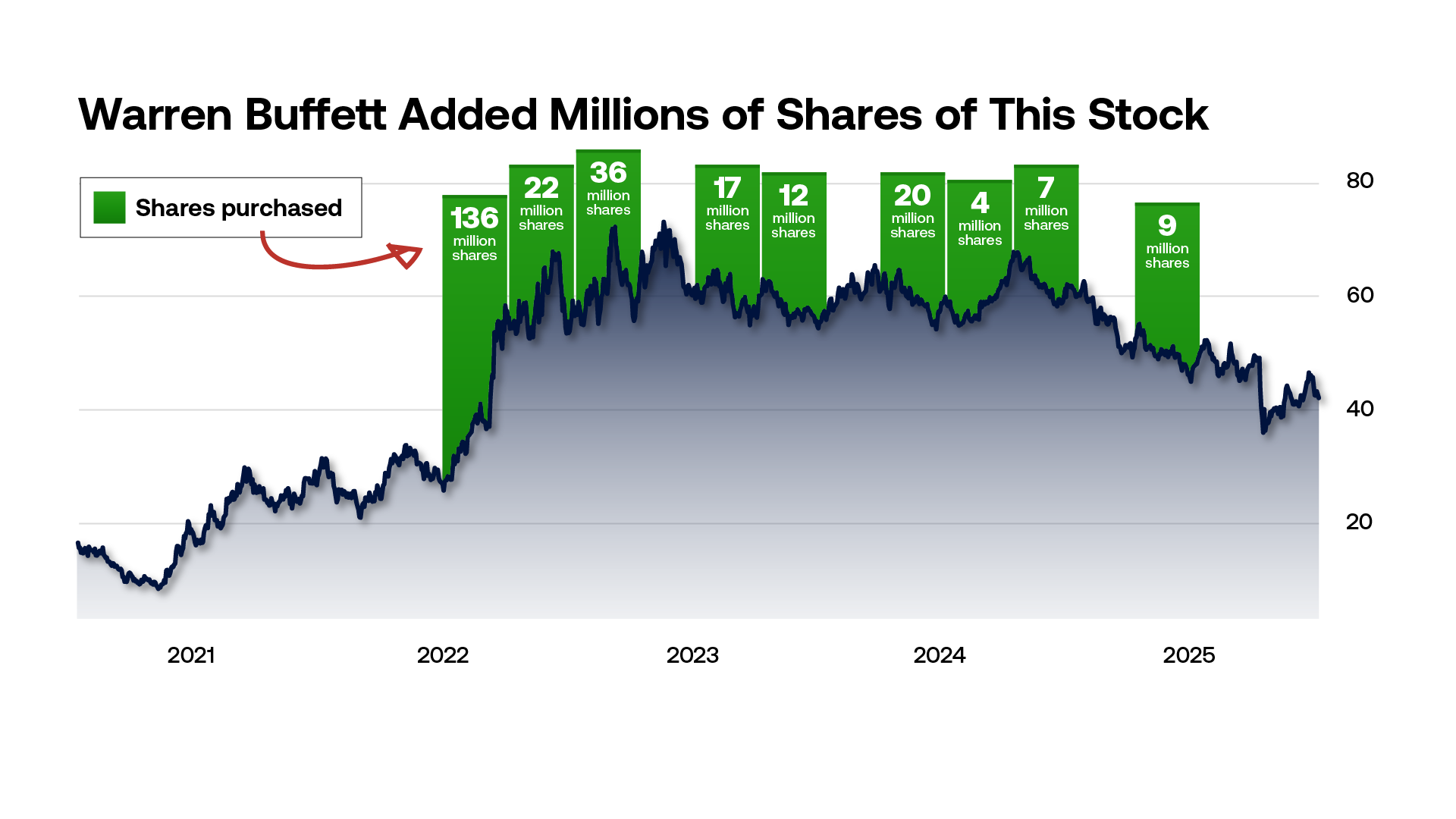Editor's Note:
The numbers tell a story that few anticipated. Tech giants are investing billions in AI infrastructure, yet they're running headlong into a fundamental constraint: where will the power come from? As we approach a potential regulatory inflection point this September, the intersection of technology advancement and energy policy has never been more critical for investors.
Based on these events, one of our 'Trusted Partners' just launched a Must-See presentation below.
Trusted Partner Presentation
Trump Schedules Controversial 'Market Reset' for September 30

Behind closed doors, the White House has ordered a historic reset of the U.S. economy that will affect 65 million Americans and half of all U.S. stocks... including Nvidia, Microsoft, and Google. By law, this MUST happen on or before September 30, 2025.
The numbers are staggering. Tech giants are pouring billions into AI infrastructure, yet facing a challenge no one fully anticipated: where will all the power come from?
In Northern Virginia, the world's largest data center market, companies now face electricity supply wait times stretching up to seven years. Amazon's plans for nuclear-powered data centers hit regulatory roadblocks. Microsoft and Google are scrambling for power sources. The bottleneck for AI advancement has shifted from computing chips to something far more basic: electricity.
At the heart of this crisis sits the Federal Energy Regulatory Commission (FERC), established during the Carter administration as a temporary agency set to expire in 1984. Four decades later, it controls virtually every aspect of America's power grid, requiring five to eight years of approvals before construction can even begin on new power plants.
The AI Energy Crunch
Current U.S. data center power consumption reached 46 GW in 2024, with projections climbing to 122 GW by 2030—a 165% increase. Goldman Sachs estimates $720 billion in grid spending needed through 2030 in the U.S. alone. Individual AI projects now operate at power plant scale: Meta's Louisiana facility requires 2 GW, equivalent to powering two cities the size of New Orleans.
Tech companies are responding with unprecedented moves. Microsoft signed a 20-year agreement to restart Three Mile Island's nuclear reactor. Oracle announced plans for data centers powered by small modular reactors. Amazon, Meta, and Google have committed over $200 billion combined in infrastructure spending for 2025.
Meanwhile, America sits atop vast energy reserves. The U.S. is the world's largest natural gas producer at 103.6 billion cubic feet per day, with proven reserves of 603.6 trillion cubic feet. The U.S. Geological Survey estimates technically recoverable resources at approximately 2,973 trillion cubic feet—enough for decades of supply.
A History of Energy Shifts
Previous administrations have tackled similar energy regulation challenges. The Reagan administration's deregulation in the 1980s, Bush's Energy Policy Act of 2005, and various initiatives in 2017 each marked significant shifts in how America approaches its natural resources. These policy changes historically created volatility and opportunity across energy and natural resource sectors.
September 30, 2025 marks another potential inflection point. Current discussions in Washington suggest this date could bring significant regulatory reviews and policy evaluations, with implications for how quickly new energy projects can move from proposal to production.
Based on these events, one of our 'Trusted Partners' just launched a Must-See presentation below.
✓ Trusted Partner Presentation
It's wildly profitable - Over $3 billion in operating income. It has a partnership with the hottest AI stock on Wall Street.
And Trump has publicly backed it?
|
What This Means for Investors
The intersection of AI's massive energy demands and potential regulatory changes creates multiple investment themes worth monitoring. Natural gas producers like Chesapeake Energy and EQT Corporation control vast Appalachian reserves just as data centers desperately need power. Pipeline giants such as Kinder Morgan and TC Energy own existing rights-of-way that could take new competitors decades to permit and replicate.
The nuclear renaissance extends beyond power generation. Uranium miners like Cameco and Energy Fuels could benefit from the first reactor growth in decades. Constellation Energy, which owns the nation's largest nuclear fleet, has already secured Microsoft's Three Mile Island deal. Engineering firms like Fluor and Bechtel face growing backlogs for power plant construction.
Utilities in data center hotspots deserve attention. Dominion Energy serves Northern Virginia's data center alley with 40 GW of demand in queue. American Electric Power manages Ohio's emerging cluster. NextEra Energy, America's largest renewable developer, bridges both traditional and clean power needs.
The picks-and-shovels plays include electrical equipment manufacturers like Eaton and Schneider Electric, transformer producers like ABB, and cooling specialists like Vertiv—all essential for data centers pushing from 15 kW to 300 kW per rack. Copper producers such as Freeport-McMoRan supply critical materials for the massive electrical infrastructure buildout.
Historical patterns suggest periods of energy deregulation combined with surging demand have created significant sector rotations. Companies already holding permits, owning infrastructure, or possessing specialized capabilities that cannot be quickly replicated may see particular advantages. The key is identifying potential bottlenecks in this constrained environment—whether in uranium enrichment, transformer manufacturing, or pipeline capacity—that could translate to pricing power.
With tech giants committing hundreds of billions to solve the power problem and potential regulatory shifts on the horizon, the energy sector may be approaching a historic moment. For those paying attention, understanding the intersection of energy, technology, and regulation could prove valuable in the months ahead.
Before You Go...You Need To See This
✓ Trusted Partner Presentation

AI is creating a massive energy demand most are not ready for
Nvidia CEO Jensen Huang recently said AI requires "100 times more" power.
That means the best way to invest in AI right now has nothing to do with technology…
And everything to do with energy.
One stock appears to be perfectly positioned to dominate right now…
Thanks to AI's rapidly growing energy demands.
WATCH NOW >>
|










